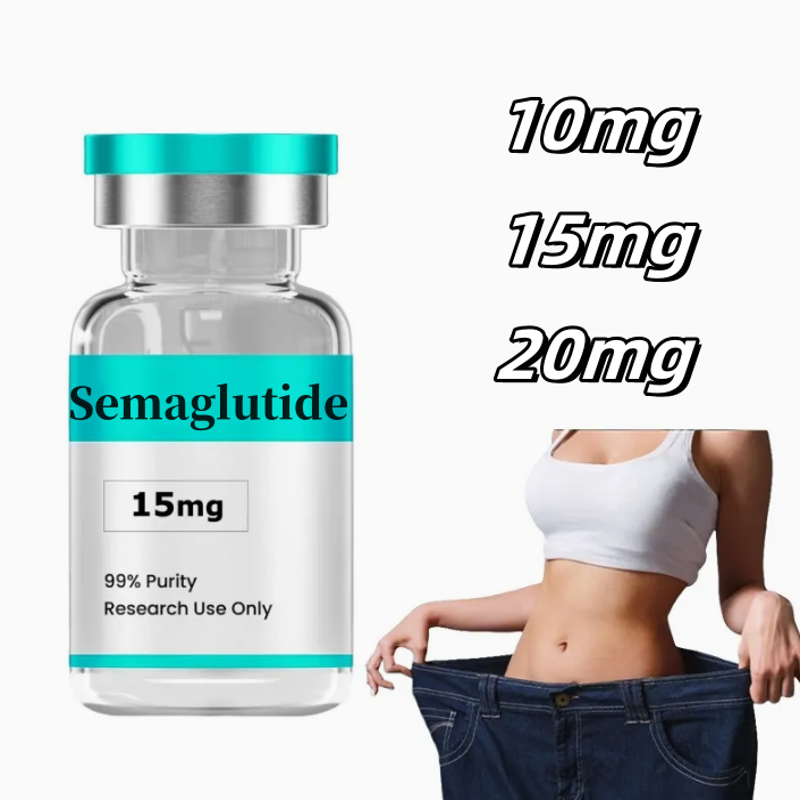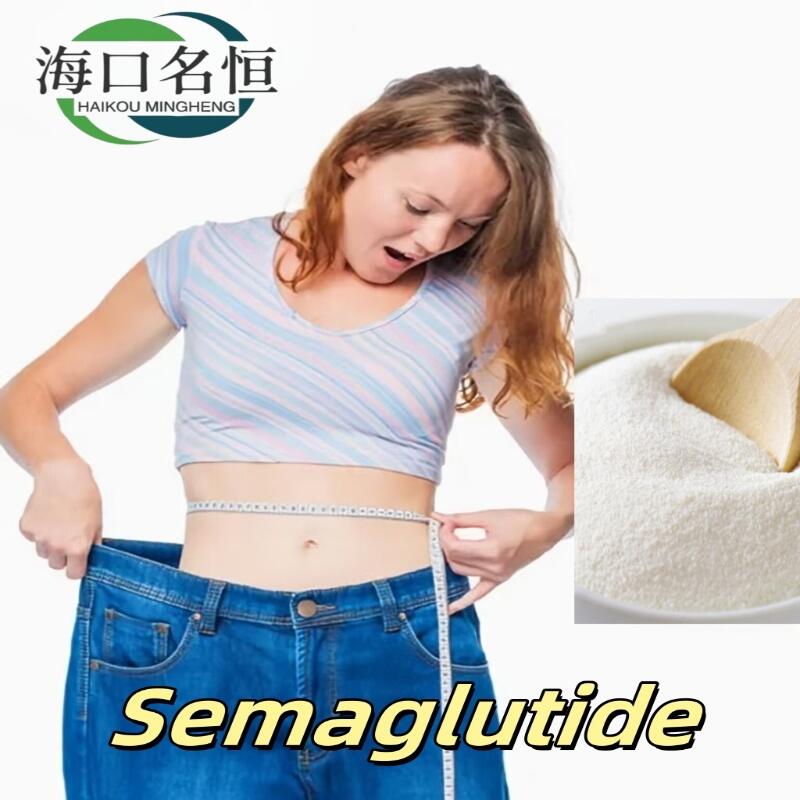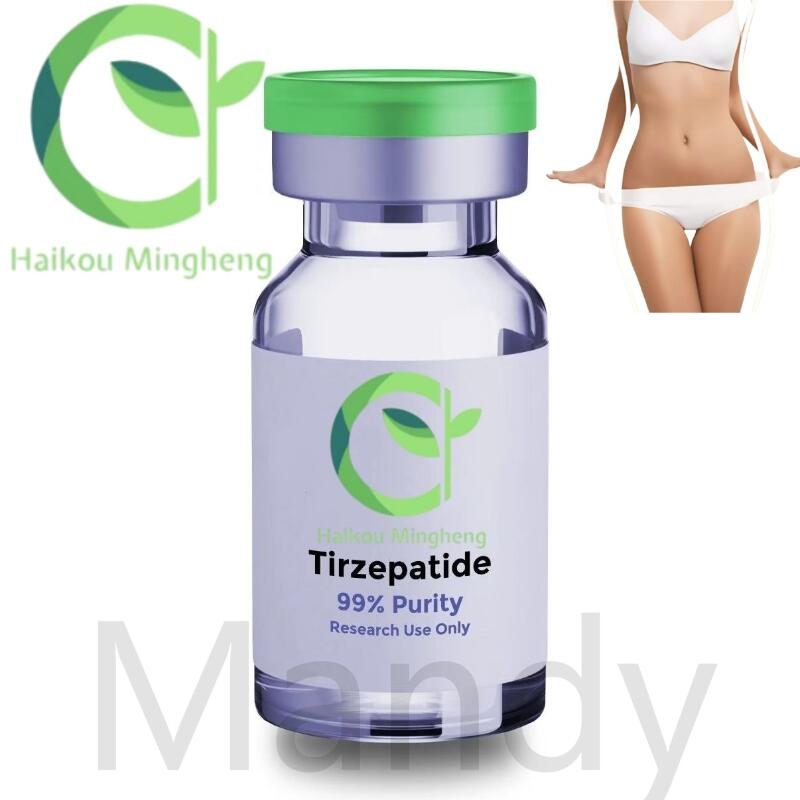-
Categories
-
Pharmaceutical Intermediates
-
Active Pharmaceutical Ingredients
-
Food Additives
- Industrial Coatings
- Agrochemicals
- Dyes and Pigments
- Surfactant
- Flavors and Fragrances
- Chemical Reagents
- Catalyst and Auxiliary
- Natural Products
- Inorganic Chemistry
-
Organic Chemistry
-
Biochemical Engineering
- Analytical Chemistry
-
Cosmetic Ingredient
- Water Treatment Chemical
-
Pharmaceutical Intermediates
Promotion
ECHEMI Mall
Wholesale
Weekly Price
Exhibition
News
-
Trade Service
Degarelix Acetate is a drug that is used to treat cancer in men.
It is a synthetic degradation product of the natural hormone progesterone, which is a steroid hormone that plays a crucial role in the development and regulation of many processes in the body, including the menstrual cycle, pregnancy, and fetal development.
Degarelix Acetate is known to have a high degree of structural similarity to progesterone, but it does not have any of the hormonal activities of progesterone.
In the chemical industry, Degarelix Acetate is produced through a series of chemical reactions that involve the conversion of a starting material, typically a natural or synthetic steroid, into the desired product.
The process of producing Degarelix Acetate involves several steps, including the dissolution of the starting material in a solvent, the addition of reagents, and the isolation of the product.
The process of producing Degarelix Acetate involves the use of various chemical reactions, including hydrolysis, halogenation, and oxidation.
Hydrolysis is a reaction in which a compound is broken down by the addition of water.
In the production of Degarelix Acetate, hydrolysis is used to remove the protecting groups from the starting material, which allows the reactive functional groups to be exposed.
Halogenation is a reaction in which a halogen atom, such as chlorine or bromine, is added to a compound.
In the production of Degarelix Acetate, halogenation is used to introduce halogen atoms into the structure of the starting material, which can enhance the reactivity of the molecule.
Oxidation is a reaction in which a substance is combined with oxygen.
In the production of Degarelix Acetate, oxidation is used to introduce oxygen into the structure of the starting material, which can lead to the creation of new functional groups.
The production of Degarelix Acetate involves the use of a variety of chemical reactions, including hydrolysis, halogenation, and oxidation.
These reactions allow the starting material to be converted into the desired product.
The specific steps involved in the production of Degarelix Acetate can vary depending on the specific process used, as well as the starting material and the desired product.
In the chemical industry, Degarelix Acetate is often referred to as an intermediate product, as it is used as a starting material in the production of other chemical products.
For example, Degarelix Acetate can be converted into other steroid hormones, such as progesterone, through a series of chemical reactions.
Additionally, Degarelix Acetate can be used as a precursor in the production of other drugs, such as other cancer treatments.
Overall, the production of Degarelix Acetate is a complex process that involves the use of various chemical reactions.
These reactions allow the starting material to be converted into the desired product, which can be used as an intermediate product in the production of other chemical products, or as a precursor in the production of other drugs.
The specific steps involved in the production of Degarelix Acetate can vary depending on the specific process used, as well as the starting material and the desired product.







